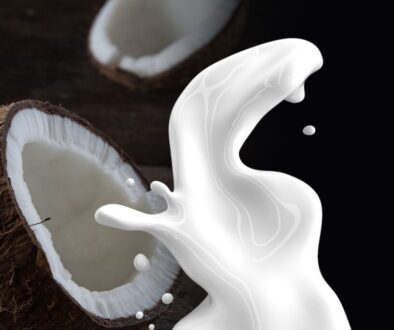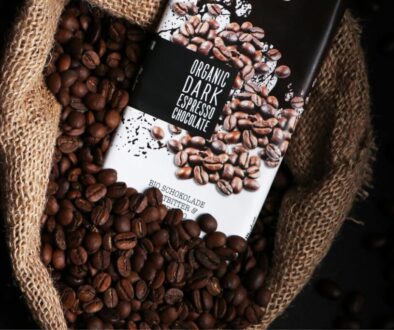A Window In Time

Picture by Hans Ben
Article by Helen Lovell-Wayne
https://www.instagram.com/agreenerftr/
Every year the human world population increases and puts more pressure on ecosystems to support us. One often overlooked problem is the buildings that people inhabit. Moreover, these structures are causing mass bird mortalities every year. Birds cannot perceive glass as a solid object, and are easily deceived by reflections of the sky and vegetation. (Christie Crews 2022). Furthermore, up to a billion birds die in window collisions every year in the United States alone (Tews, A. 2022) . Consequently, this problem has started to get significant attention from the general population and the media.
🌅Causes of Birds Flying Into Windows🌅
Additional factors can create situations that cause birds to fly in to windows. One factor includes placing bird feeders too close to windows (Tews, A. 2022). A second factor is utilizing reflective window glazing. A third factor that increases the number of deaths are time of day (with morning being the highest) (L. Basilio et al. 2020), and finally, sex and age of the birds (males and juveniles collide more than any other bird type) (L. Basilio et al. 2020).
🪟LEED Buildings Widow Pitfalls🏡
Multiple solutions are currently available. First, consider planting shrubs closer to windows. Accordingly, this action would enable birds to have insufficient room to hit the windows at great speed. Secondly, windows can be replaced with fretted glass or etched glass ( Tews, A. 2022). Thirdly, placing adhesive film or other visual markers on windows is an option ( Tews, A. 2022). Additional solutions include installing operable blinds and awnings that can simultaneously serve in deterring bird-window collisions and improving building occupant comfort ( Tews, A. 2022). Additionally, for more information on protecting birds near your house read A Bluebird On My Shoulder.
Potential Solutions To Window Collisions
Turning off lights at night during migration season would also aid in preventing bird deaths. Basically, artificial light attracts and disorients birds, leading to more collisions (H Yang et al. 2021). In brief, these are simple measures one can take to make sure our birds are available to pollinate crops, eat parasites, and make the day more aesthetic. Even more deterrents include: opaque, adhesive markers and UV-treated glass, window restructuring, or sound deterrents will decrease the mortality rate (Degroot, K. et al 2022). Furthermore, retrofits of ceramic frit alone can reduce mortality rate by 90% Degroot, K. et al 2022). One small step for Windows and one large step for our feathered friends.
.
Text content



